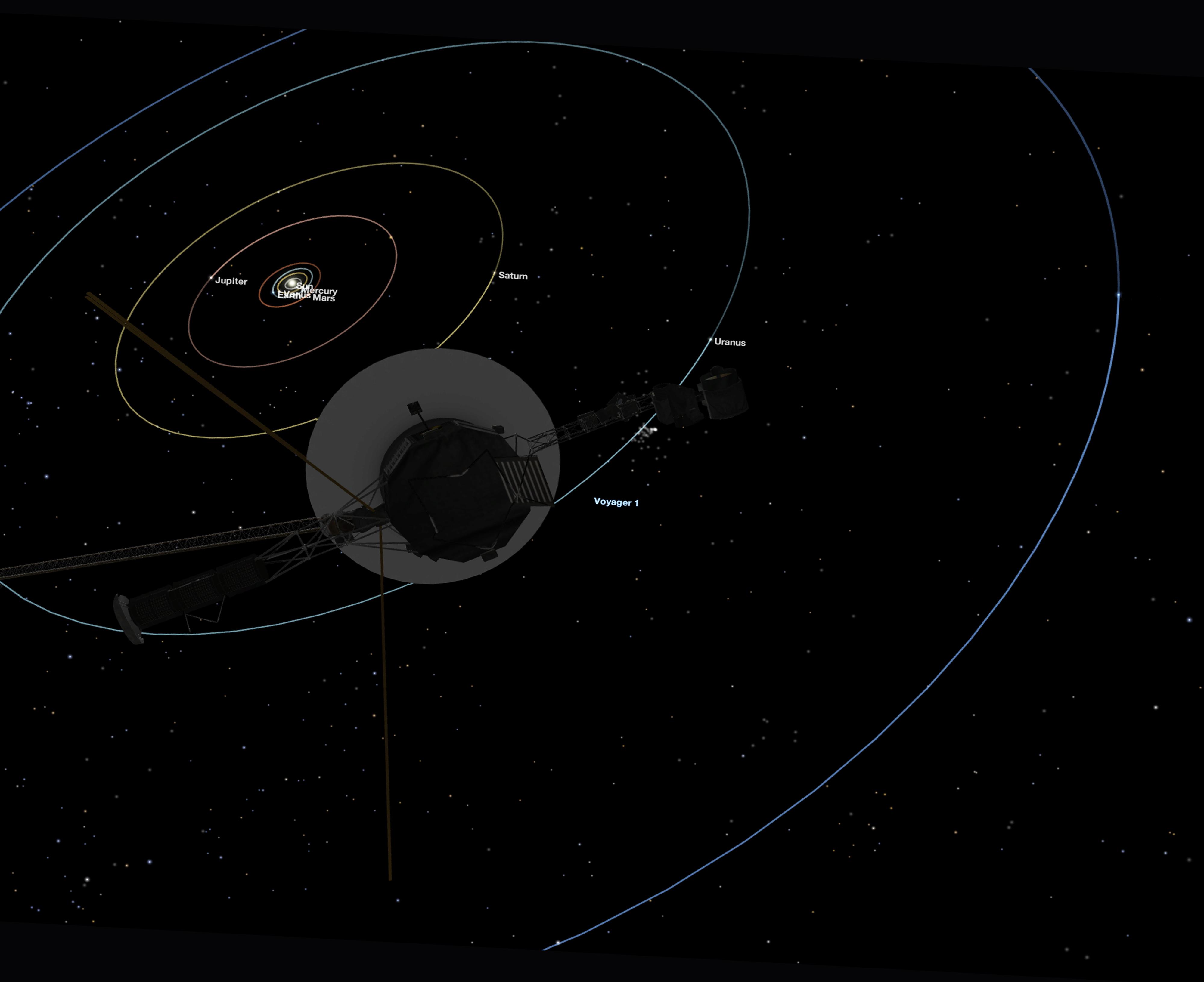NASA's iconic 'Pale Blue Dot' photo of Earth from space just got a 21st-century makeover

On Feb. 14, 1990, NASA's Voyager 1 spacecraft captured one of the most iconic photographs of the space age; to commemorate the moment's 30th anniversary, NASA has digitally dusted off the image.
Known as the "Pale Blue Dot" photo, the original image showed Earth as a tiny speck within a band of brightness caused by sunlight striking the spacecraft's instrument. The photograph was the result of a campaign led by scientist Carl Sagan to convince NASA to turn Voyager 1 around and take a photo of the planet where its story began. Just 34 minutes later, according to NASA, the spacecraft's camera shut down so the probe could save power.
During the same imaging sequence, Voyager 1 also photographed five other planets and the sun, in a total of 60 images that NASA nicknamed "The Family Portrait of the Solar System."
Related: Voyager at 40: 40 photos from NASA's epic 'Grand Tour' mission
For the anniversary, Kevin Gill, an engineer at NASA's Jet Propulsion Laboratory in California and an imaging processor, gave the photo a new look. During the process, he got input from Candy Hansen and William Kosmann, who both helped plan the original photograph.
"This updated version uses modern image-processing software and techniques to revisit the well-known Voyager view while attempting to respect the original data and intent of those who planned the images," according to a NASA statement.

An artist's illustration showing where Voyager 1 and the planets were when the spacecraft took the iconic "Pale Blue Dot" image.

The "Family Portrait of the Solar System" series of images taken by Voyager 1 before its camera shut down.
The original photo was a compilation of images taken using three different color filters. In the new image, those channels have been rebalanced to make the image look sharper, and the beam of sunlight surrounding Earth was adjusted to look white, as sunlight does to our eyes.
Get the Space.com Newsletter
Breaking space news, the latest updates on rocket launches, skywatching events and more!
The twin Voyager probes haven't produced images in decades; they don't fly close enough to any objects worth photographing. But the two venerable spacecraft are still going strong. Both have crossed the bubble that marks the extent of space shaped by the sun. Now, their instruments are telling scientists about interstellar space.
- Photos from NASA's Voyager 1 and 2 probes
- Voyager 1's historic flyby of Jupiter in photos
- Voyager 1 spacecraft's road to interstellar space: A photo timeline
Email Meghan Bartels at mbartels@space.com or follow her @meghanbartels. Follow us on Twitter @Spacedotcom and on Facebook.

Join our Space Forums to keep talking space on the latest missions, night sky and more! And if you have a news tip, correction or comment, let us know at: community@space.com.

Meghan is a senior writer at Space.com and has more than five years' experience as a science journalist based in New York City. She joined Space.com in July 2018, with previous writing published in outlets including Newsweek and Audubon. Meghan earned an MA in science journalism from New York University and a BA in classics from Georgetown University, and in her free time she enjoys reading and visiting museums. Follow her on Twitter at @meghanbartels.









